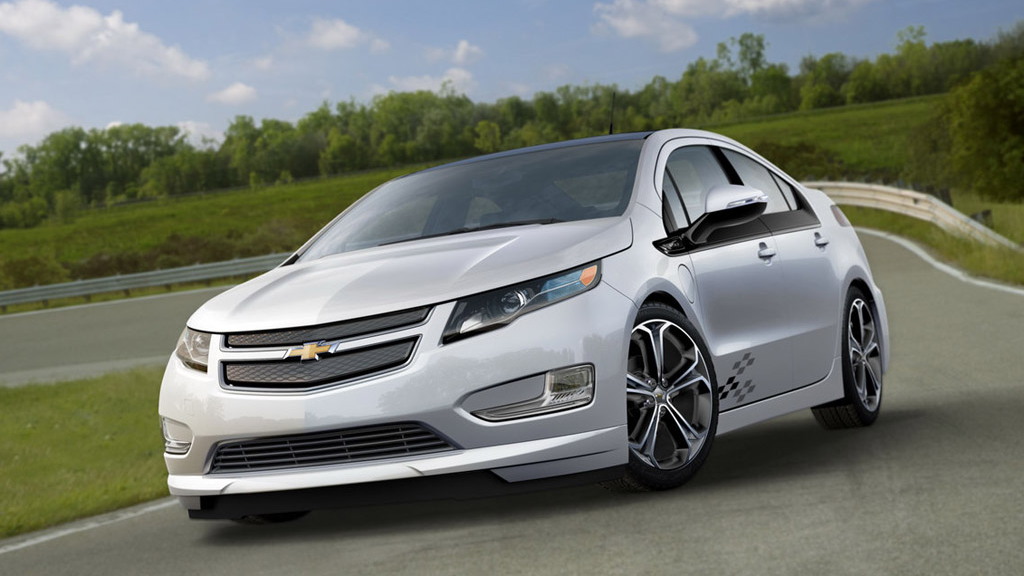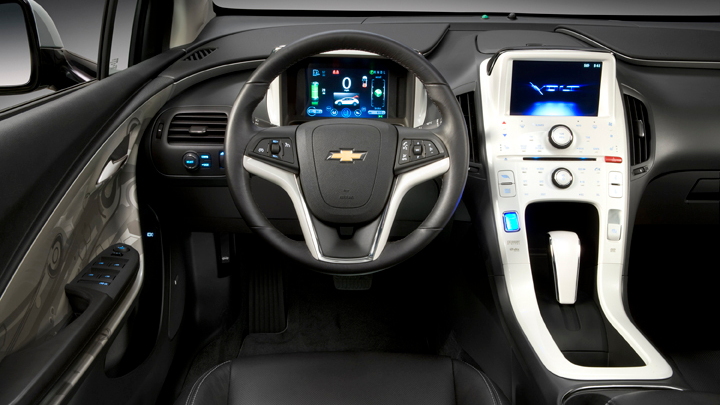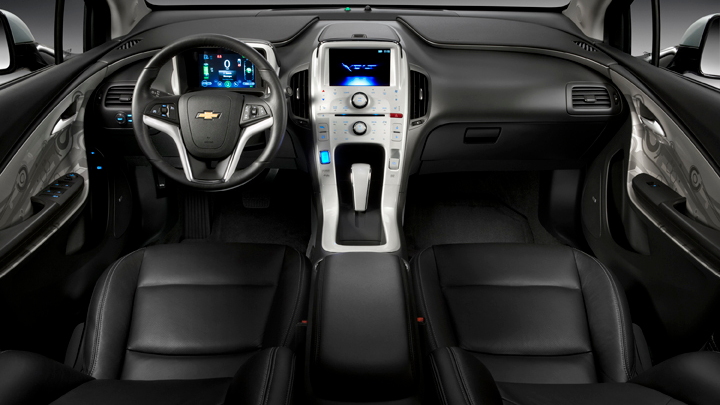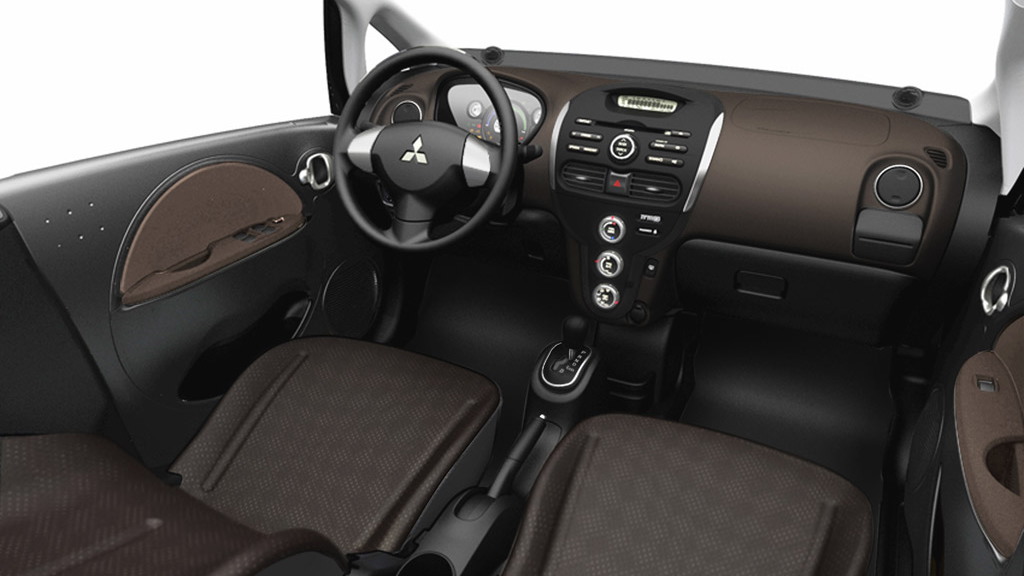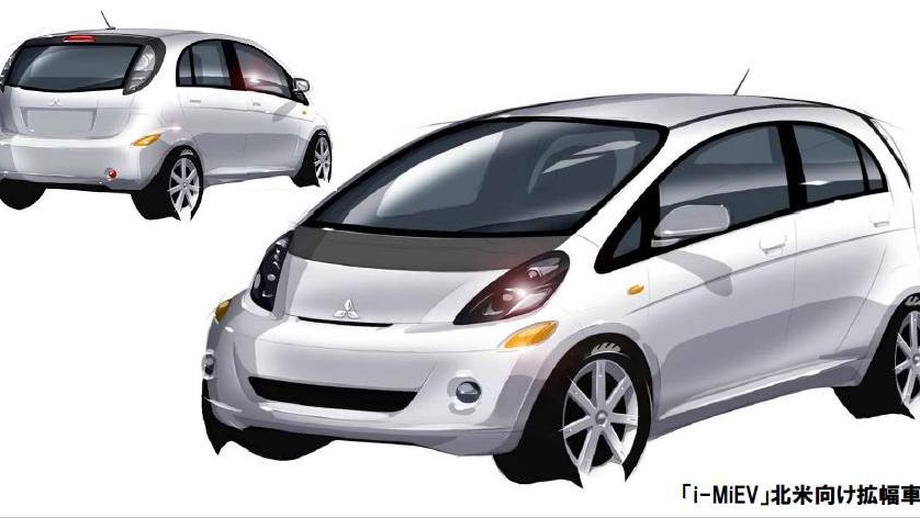We don't envy the makers of electric cars. They have to deliver vehicles that look as great as their gas-powered counterparts, and they have to explain those vehicles, too -- how they work, battery range, and so on. They've got a long, tough battle to win over consumers.
But while we wouldn't necessarily want to be an EV manufacturer, we love watching them at work. Now, in the early days of mass vehicle electrification, we've got a unique opportunity to see manufacturers figure out what gets customers' attention -- and what doesn't. Here's a quick look at four early arrivals and how they're being pitched to the public.
* * * * *
2011 CHEVROLET VOLT
The Volt is technically a hybrid, not a full electric vehicle, but its battery range of about 40 miles is enough to get most consumers through an average workday without using a drop of gas. Given that flexibility, how is Chevy pitching it? Take a look.
Imagery: Close-up of the perfect wall socket, some car-on-road shots, a friendly woman plugging in the Volt's charging cable. Lots of grays and blacks and whites -- you know, manly colors. Not like others we could name.
Voiceover: Manly Tim Allen giving the aforementioned wall socket a pep talk. (A pretty damn well written one that gets straight to the point.)
Lingering message: "Dude, this is totally like your other car. Except it plugs in. You like things that plug in, don't you? This is the best of both worlds. Awesome!"
2011 Mitsubishi i
The Mitsubishi i has been on sale for some time in other parts of the world, where it's commonly called the i-MiEV. Sales in the U.S.won't start until the end of this year, and the car is virtually unknown right now -- though to be fair, most of us haven't seen an ad for the i, so what do you expect? (Given Mitsubishi's fairly low profile in the American car market, this is par for the course.)
We're pretty sure this is a Euro ad, but feel free to let us know if you've seen it on American television. We'd be a little surprised, given the one that follows for the Leaf, though.
Imagery: Semi-striking imagery of gas-powered objects that commonly run on electricity.
Voiceover: None. (Hope you're not listening in from the other room.)
Lingering message: "Wow, gas is pretty dirty. Maybe we should use something else. Wait -- is that a real car at the end?"
2011 NISSAN LEAF
You might recall that the first ad for the Nissan Leaf involved a polar bear -- a real, trained polar bear. Then came the "Zero" ad. The message? "The Leaf does great things for the environment. You're not one of those climate change deniers are you? Then buy one!"
As we mentioned a couple of weeks ago, though, the kid gloves have now come off:
Imagery: Yes, it's yet more memorable imagery of gas-powered objects.
Voiceover: Robert Downey Jr. delivering the theme of the ad (i.e. "What if everything ran on gas?"), with the general Leaf tagline.
Lingering message: "Wow, I never really noticed how much neat stuff runs on electricity. I should totally get a car that uses that stuff."
2011 Renault Electric
The Renault Electric, or Renault ZE, isn't available in the U.S., but we thought everyone would enjoy a look at the automaker's newest commercial. Ready to have your minds blown?
Imagery: ZOMG, still more imagery of gas-powered objects. Slightly better than the Mitsubishi clip, but not as good as Nissan's.
Voiceover: Unknown woman with a whisper-soft French accent asking why you haven't already switched to an electric car.
Lingering message: "S'il vous pay attention, it is logical that you would switch to an EV."
IN CONCLUSION
Since three of these four ads are basically the same, it's hard to draw many comparisons at this point. We assume that the similarities between the Mitsubishi, Nissan, and Renault ads -- produced by TWBA/Chiat/Day -- are rooted in the heavy Nissan-Renault tie-up and the weaker partnership between Nissan and Mitsubishi. Of those, Nissan's is clearly the best, but does it hold up to the Volt?
Probably not.
The Volt ad has a strong, to-the-point voiceover. It not only explains the car, but it shows it off, too -- and as conventional as that may seem, consumers have demonstrated that they like to see cars in action. In the other three clips, the vehicles seem almost like afterthoughts.
The Volt commercial also wins a few points for purely technical reasons: the car can run on gas, too, which allays range anxiety of potential customers -- especially those in the U.S. who are skittish about diesel rides, much less electric ones.
Feel free to weigh in with your own takes on these campaigns. We'll try to run an update once more models (and ads) hit the market.
